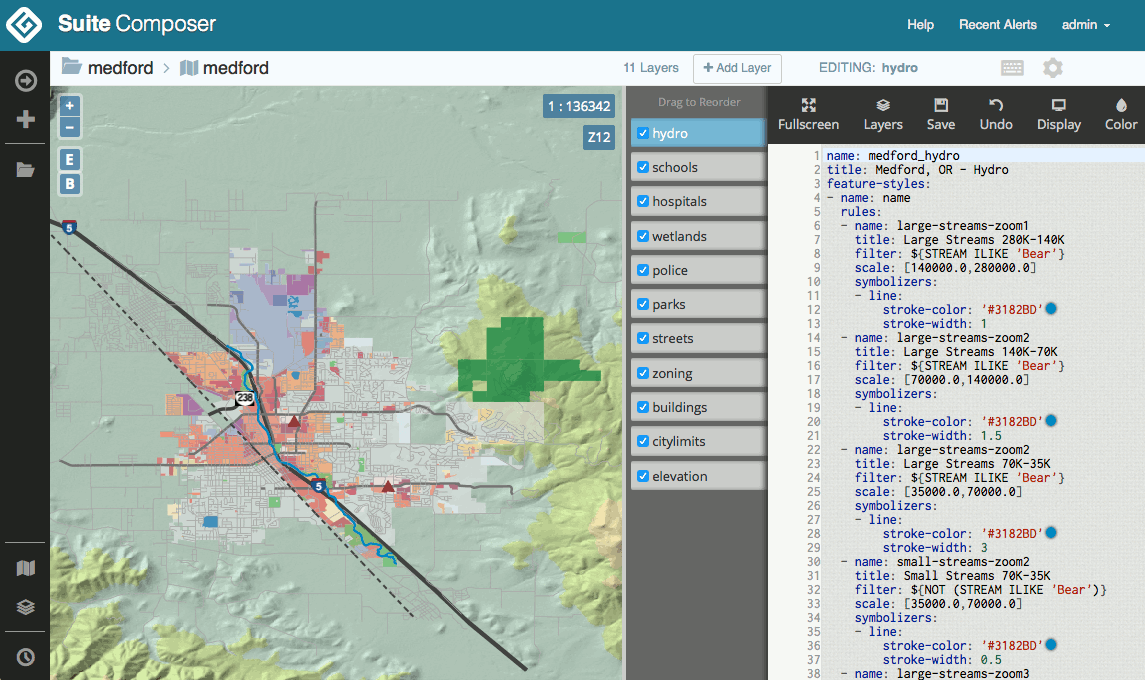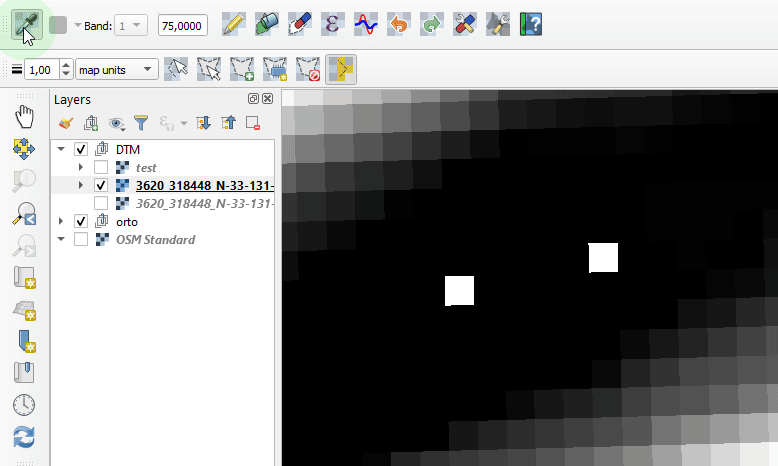

Best bet: start from scratch before you dump an inconceivable amount of time in finding the bug. If you experience a Python error, you likely did something wrong in the previous steps. If you don't see the plugin in the manager after a QGIS restart, check you didn't accidentally set the experimental flag by allowing experimental plugins in Plugin Manager ► Settings. Note, you'll have to restart if you alter the root _init_.py and/or functions which are only executed once like initGui(). Whenever you replace the plugin code with a newer version, make sure to use the Plugin Reloader plugin to reload your own plugin, instead of restarting QGIS. Also, you'll find the plugin in the Vector menu in QGIS.

If you activate it, a new icon will be added to the Plugin toolbar.

Start QGIS and head over to Plugins ► Manage and Install Plugins et voila:

Ln -s $PWD $HOME/.local/share/QGIS/QGIS3/profiles/default/python/plugins/ Test initial pluginĪt this point you can already test if QGIS loads your new (very unfunctional) plugin: Load plugin You can safely delete all files and folders except for these: Though well-intended, a lot of files are convenience files, which don't really help in the beginning. Head over to your new plugin project directory and ls -ll. The Plugin Builder will have generated a lot of (well-intended) files now. Note, there will be a few more dialogs, just use common sense when filling those in. Make sure to fill out the details similar to ours: If you have successfully installed the Plugin Builder 3 plugin, it is available in the Plugins menu in QGIS.


 0 kommentar(er)
0 kommentar(er)
